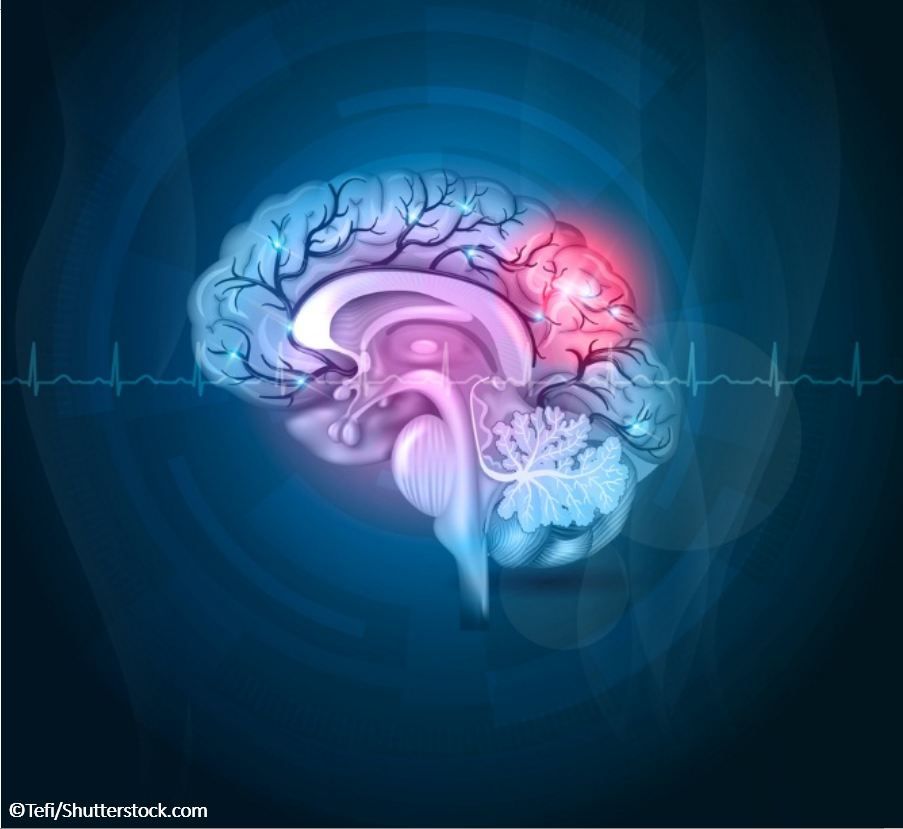Article
Statin Use Reduces the Risks of Osteoporosis and Fractures in Stroke Patients
Author(s):
A new study found statin use is associated with a decreased risk of osteoporosis, hip fracture, and vertebral fracture in stroke patients.
©Tefi/Shutterstock.com

Statin use is associated with decreased risks of osteoporosis, hip fracture, and vertebral fracture in stroke patients, according to a new studyin the Journal of Clinical Endocrinology & Metabolism.
Stroke is a major risk factor for osteoporosis and fractures owing to substantial loss of bone mineral density (BMD), and gait disability and balance impairment from a stroke can lead to an increase in fall risk. Fractures are a common complication of stroke and can further reduce functional recovery, prolong disability, and increase the mortality risk among stroke patients.
A population-based, propensity score–matched cohort study evaluated the association between statin use and risks of osteoporosis and fracture in stroke patients. The researchers, led by Shu-Man Lin of Buddhist Tzu Chi General Hospital in Taiwan, identified patients newly diagnosed with a stroke between 2000 and 2012. After propensity score matching, 5254 patients were included with 2627 patients in each of the statin and non-statin cohorts.
The primary outcome was a calculation of hazard ratios (HRs) for post-stroke osteoporosis, hip fracture, and vertebral fracture together. Post-stroke statin use was associated with a lower overall risk of the primary outcome (adjusted HR=0.66). In subanalyses, statin use was associated with a decreased risk of all individual outcomes, including osteoporosis (adjusted HR=0.68), hip fracture (adjusted HR=0.59), and vertebral fracture (adjusted HR=0.73).
The researchers also identified a dose-effect relationship. The adjusted HRs for developing the primary outcome were 0.96, 0.86, and 0.34 for patients who used 1 to 90, 91 to 365, and >365 cumulative defined daily doses of statins, respectively. After stratification by age, sex, stroke type, and sensitivity analyses conducted without propensity score matching, these dose-effect relationships were maintained.
Numerous studies have identified osteoporosis and bone fracture risk factors and prevention strategies in stroke survivors. “However, to our knowledge, the potential of statin treatment in preventing osteoporosis and fracture has not been previously reported in this clinical population, and the current large-scale investigation addresses this knowledge gap,” the researchers wrote, noting the substantial public health implications because of the high incidence and prevalence of stroke, osteoporosis, and bone fractures.
The study results are consistent with those of several previous studies that focused on general populations. A recent meta-analysis that included clinical trials and observational studies indicated that statin use was significantly associated with increased BMD and a decreased risk of hip fracture. The overall risk was 0.75 for statin users vs nonusers. A trend toward a reduced risk of vertebral fracture (OR=0.81) was also reported. Another meta-analysis reported a significant association between statin use and decreased risk of overall fracture, with an OR of 0.80.
“Our study, which specifically focused on stroke patients, revealed compatible but more significant results, with about 30% to 40% decreased risk of osteoporosis, hip fracture, and vertebral fracture with statin use,” researchers wrote..





